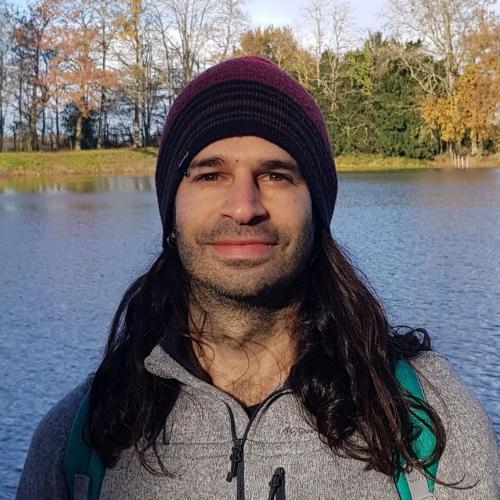
Welcome to the next PoreLab lecture!
Who: Dr. Oshri Borgman from the MIGAL – Galilee Research Institute, Israel. Dr. Oshri Borgman is the group leader of ‘Flow and Transport in Porous Media’ at the institute. He is a researcher in environmental hydrology and soil science, mainly interested in fundamental processes and mechanisms controlling water flow and solute transport and mixing in environmental porous media
When: Wednesday May 22n at 13:00 CEST (Norway time).
Where: Dr. Oshri Borgman will give an in-person talk in Kelvin room (PoreLab Oslo). The talk will also be streamed in the common room (PoreLab Trondheim). From anywhere else, you will be able to join via the following Zoom link:
https://uio.zoom.us/j/65837085049?pwd=WjZianUyN3FJa2liQkxBbzQrOCtGdz09
Title: Solute mixing in heterogeneous and variably saturated porous media: flow patterns, mixing rates, and reaction rates
Abstract: Solute transport and mixing phenomena in porous media are ubiquitous in the environment and impact nutrient and contaminant transport in soils, CO2 sequestration, soil and aquifer remediation, and microbially-mediated nutrient cycling. Solute mixing rates are affected by the porous medium heterogeneity and its saturation degree and can control reaction rates during porous media flow processes. In addition, mixing and reaction rates vary over sub-pore length scales, demanding an experimental approach and a modeling framework to resolve microscopic length scales. Our goal is to study the impact of structural heterogeneity on solute mixing and reactions in variably saturated porous media. Our transparent porous media flow cells enable direct visualization of solute transport processes and detailed quantification of solute concentrations and their gradients. Increasing the degree of heterogeneity by introducing spatial correlation to the porous medium structure leads to fewer and larger air clusters under unsaturated flow conditions. In addition, a larger spatial correlation leads to lower mixing and reaction rates under saturated and unsaturated flow conditions. We suggest that competition between mixing processes at different length scales controls these phenomena
